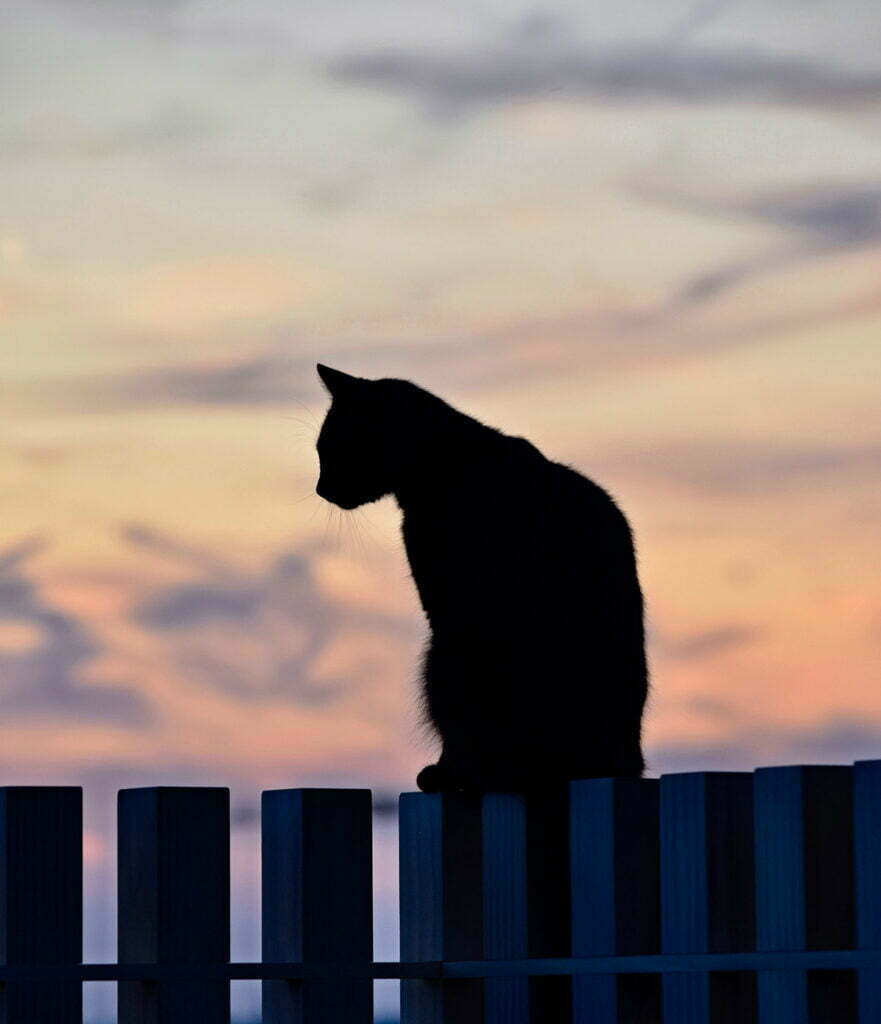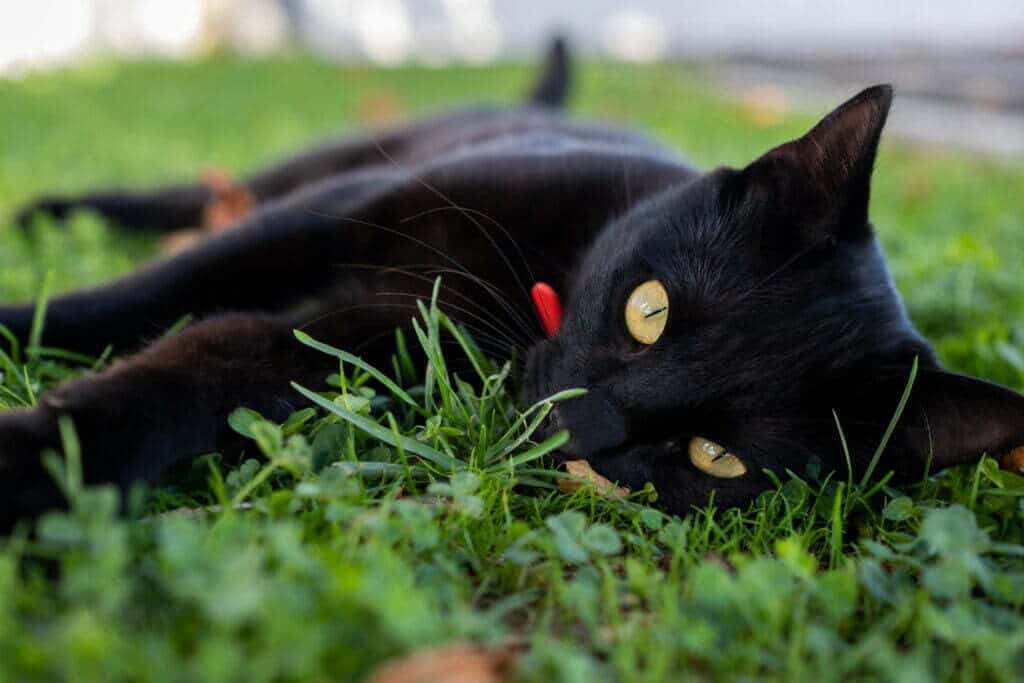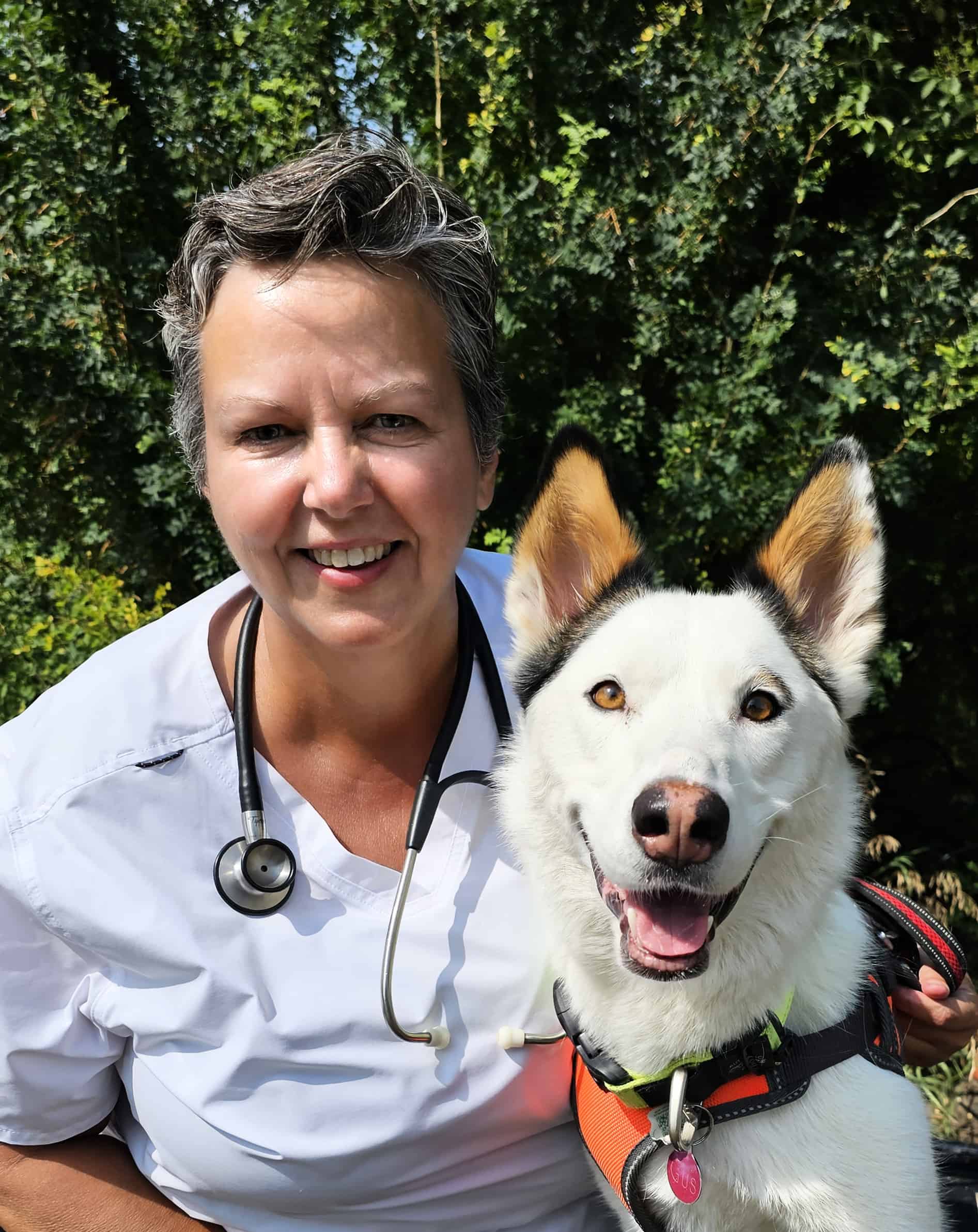Updated January 5, 2024
You have a question – what is a black Bengal cat? Well, we have the answer!
The black Bengal cat is a stunning melanistic color variation of the Bengal cat breed reminiscent of a miniature black panther. They are known for their dark, glossy black fur coat with black-on-black Bengal markings. These beautiful black cats have the same friendly and outgoing personalities as the original Bengal cat breed.
Do you want to know more? Read on to discover more information about these gorgeous cats
Origins: Where Did The Black Bengal Cat Come From
The Bengal cat is a relatively new breed, created by Jean Mill in the United States in the 1970s. Jean started the Bengal breed by crossing the wild Asian leopard cat with domestic cats. The Bengal cat breed was officially recognized by The International Cat Association (TICA) in 1986.
One of the early crosses in the Bengal breeding program included mating a first-generation (F1) hybrid female to a black male housecat. This means that the requisite genetics for black coat color were present in the Bengal line very early on. It is also likely that other black domestic cat breeds were used in Bengal cat breeding programs, further cementing the black color within the breed.
A black Bengal cat is also known as melanistic, which means “having very dark skin or hair because it contains a higher than normal level of the pigment (= substance that gives color) known as melanin” (the Cambridge Dictionary). This is the same term used to describe melanism in black panthers or any other animal with a dark, solid coat.
Coat color is regulated by the agouti gene in many species of animals and imparts red and yellow pigments into the coat. The agouti gene allele (A) is dominant, meaning that the red and yellow pigments will be expressed even when there is just one copy of this allele present.
However, sometimes this gene is expressed as the non-agouti allele (a). A black, or melanistic, coat and skin color can only be expressed when a cat has two copies of the non-agouti gene allele.
Agouti Gene Expression Explained
The agouti genes play a significant role in determining the coat color and pattern of kittens. The agouti gene is a dominant gene, meaning that it can mask the expression of other coat color genes when present in the cat’s genotype.
The agouti gene has two possible alleles: A (agouti) and a (non-agouti). A cat can inherit one of these alleles from each parent, resulting in three possible genotypes: AA, Aa, and aa:
- Agouti Allele (AA):
- If a kitten inherits the agouti allele (A) from both parents, it will strongly express the agouti pattern in its coat.
- The agouti pattern typically includes bands of alternating light and dark color on individual hairs, giving the cat a ticked or tabby appearance.
- Non-Agouti Allele (aa):
- If a kitten inherits two copies of the non-agouti allele (aa) from both parents, it will not express the agouti pattern.
- Kittens with the non-agouti genotype will typically have solid-colored coats without the characteristic tabby markings.
- Heterozygous Kittens (Aa):
- Kittens that inherit one agouti allele (A) and one non-agouti allele (a) are heterozygous for the agouti gene.
- Heterozygous kittens will generally express the agouti pattern in their coats but may have variations depending on other coat color genes they inherit.
This means that kittens from parents who both are AA cannot be melanistic. On the other hand, all kittens from two melanistic cats (both aa) can potentially be melanistic, provided that the other genes required to produce a black coat color are also present.

Coat Patterns Of Black Bengal Cats
Black Bengal cats can exhibit two primary coat patterns, just like other Bengal cats: spotted and marbled. However, the unique aspect of black Bengal cats is that their markings are black on a black base, which can make the pattern challenging to discern in many cases.
Spotted Pattern
Spotted black Bengal cats have black spots on a black background, creating a captivating and stealthy appearance. The spots may vary in size and shape, ranging from small rosettes to larger, more solid spots.
Due to the monochromatic nature of their coat, spotting can appear subtle and may require close inspection to appreciate fully. In some cases, when light hits the coat at the right angle, the spots may become more visible, revealing the intricate pattern.
Marbled Pattern
Black Bengal cats with a marble pattern display black swirls, rather than spots, on a black base. The swirls can vary in thickness and intensity, creating a flowing and dynamic visual effect.
Marbling in black Bengal cats may appear as a complex interplay of dark shades, making it even more challenging to distinguish compared to marbled patterns in other Bengal coat colors.
When examining a black Bengal cat’s marbled coat, it may require a discerning eye to identify the intricate shapes and lines.
Challenges in Discerning the Pattern
The primary challenge in identifying the coat patterns of black Bengal cats is the lack of contrast between the black markings and the black base color. Since both are black, the patterns can blend together, making them less conspicuous than in cats with contrasting colors. Natural lighting conditions or specific angles may be needed to bring out the pattern’s visibility.
While some individuals may prefer the enigmatic quality of black Bengal cats, others may find it challenging to appreciate the full extent of their coat patterns.
Charcoal Bengal cats are sometimes mistaken for black Bengals as their coats can also contain a lot of black. However, they differ in that the base color of the charcoal cat’s coats is grey, and the black Bengal base color is black.
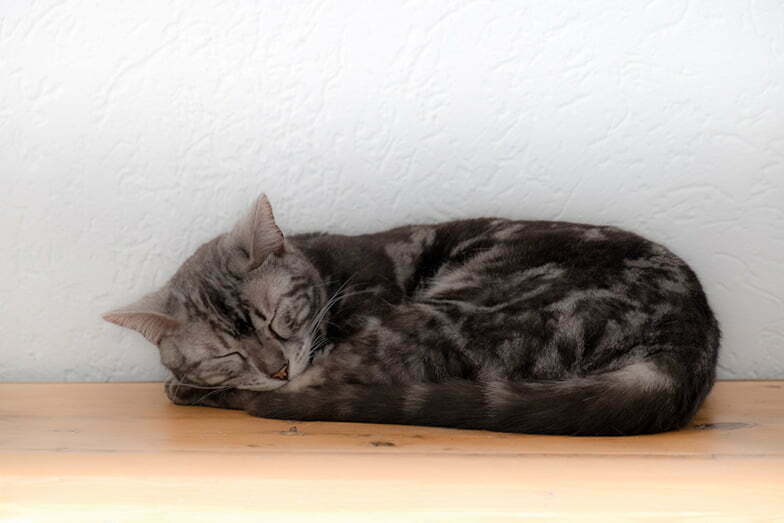
A charcoal Bengal cat with large black markings can look almost solid black. The difference between the a black Bengal and a charcoal Bengal cat can be seen in the video below featuring a black Bengal kitten. The charcoal sibling enters the scene at time 0.28.
Note how the black Bengal markings of the black kitten are only visible when the light hits it in a certain way.
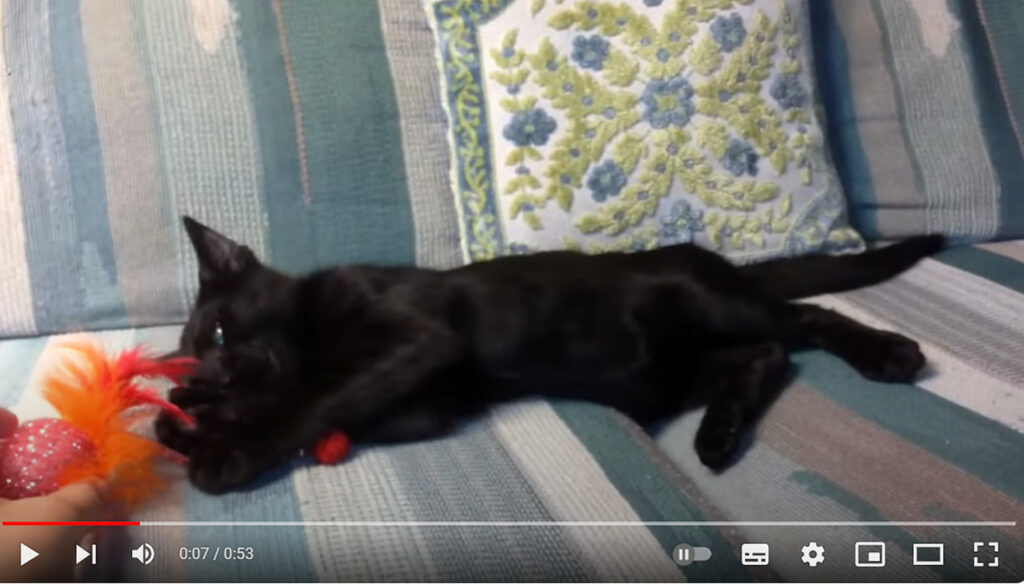
Are Melanistic Bengals Rare?
The melanistic Bengal cat is relatively rare compared to its more common counterparts with spotted or marbled coats. Several factors contribute to the rarity of black Bengal cats:
Genetic Rarity: The black coat color can only be expressed when the agouti gene allele is absent AND the genes required for black coat color are present. This genetic combination is not as prevalent in the Bengal cat population as the genes responsible for spotted or marbled patterns. Therefore, the occurrence of black Bengal cats is naturally limited due to the specific genetic combination required to produce a black coat.
Selective Breeding: Breeders often prioritize producing Bengal cats with striking spotted or marbled patterns because they are highly sought after by cat enthusiasts and potential buyers. In addition, the melanistic coat color is not a recognized breed standard, meaning these cats are not eligible for the show cat circuit. This preference for certain coat patterns over black ones has led to a lower frequency of black Bengals in breeding programs.
Demand and Popularity: Black Bengal cats are not as popular as their more common counterparts. Many people associate Bengal cats with their distinctive spotted or marbled coats, making these variations more sought after. Consequently, breeders may be less inclined to focus on producing melanistic Bengal cats.
Due to their relative rarity, black Bengal cats may be less readily available on the market. People interested in owning one may need to search more extensively or be placed on waiting lists to acquire a black Bengal kitten from a reputable breeder.
How Much Is A Black Bengal Cat?
Because black Bengal cats are not common, they usually fetch a higher price than other Bengal colors. A black Bengal kitten will cost on average between $2000 USD to $4000 USD, whereas the average cost of other colors is $1500 to $3000 USD.
Although you can sometimes find lower-quality Bengal kittens in other colors for as low as $600-$700 USD, you are unlikely to find black Bengal kittens for less than $2000 USD.
Pricing Variations within the Bengal Cat Breed
Bengal cat prices can vary widely. You may find variations in pricing based on factors such as coat color, pattern, pedigree, and breeder reputation.
Bengal cats with unique or highly desirable coat patterns like rosettes, marbling, or black on black may be priced higher than those with more common patterns.
Kittens from champion bloodlines or with exceptional show potential can command premium prices compared to pet-quality kittens.
Factors affecting black Bengal cat price include:
- Pedigree: Cats with prestigious pedigrees and lineage from renowned breeders can be more expensive.
- Breeder Reputation: Established and reputable breeders may charge higher prices, as they often invest in the health, socialization, and genetic testing of their kittens.
- Age: Melanistic Bengal kittens are typically more expensive than adult cats. Pricing may also vary based on the kitten’s age and whether it has received vaccinations, microchipping, and other healthcare services.
- Geographic Location: The cost of Bengal cats can vary based on the region or country, and prices can be higher in areas with high demand and limited availability.
- Gender: In some cases, male Bengal cats may be priced differently than females, but this is usually not a significant factor.
Tips for Budgeting and Finding a Reputable Breeder
Do thorough research to find reputable Bengal breeders in your area or region. Look for breeders who are members of recognized cat breeding associations.
Visit the breeder’s facilities if possible and ask questions about their breeding practices, socialization of kittens, and health testing.
Request references or read reviews from previous customers to gauge the breeder’s reputation.
Understand the total cost of Bengal cat ownership, including initial purchase price, ongoing veterinary care, food, and supplies, before committing to bringing a Bengal cat into your home.
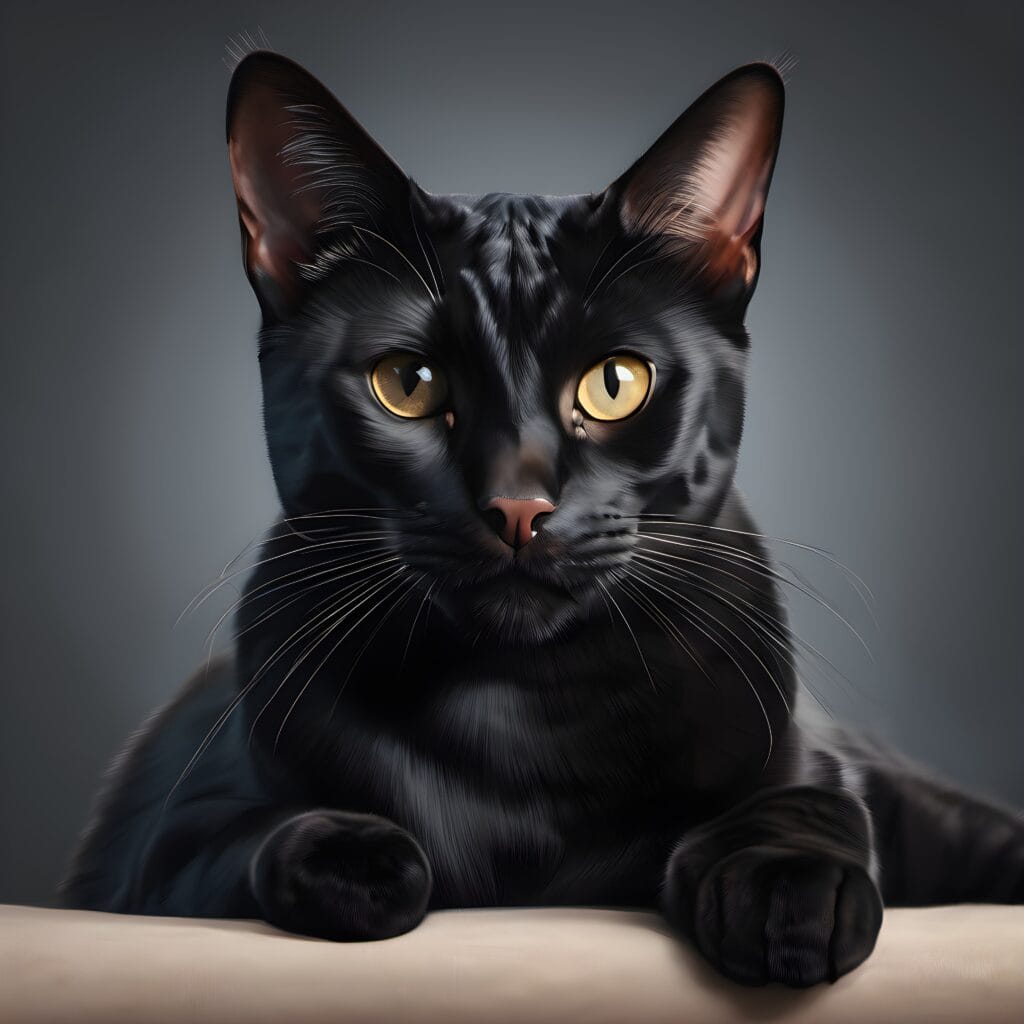
Do Black Bengal Cats Make Good Pets?
Black Bengal cats make wonderful pets, just like any other Bengal cat. They are curious and intelligent cats that require lots of attention, stimulation, and activities to stay happy and healthy.
Like all Bengals, they are also quite vocal. They love to talk and can be quite persuasive when it comes to getting what they want!
Bengals are social creatures and do well in the company of people, cats, and other animals. They’re highly intelligent felines that can quickly learn tricks.
Summarized, black Bengal cats are great pets. Not only are they affectionate and intelligent felines that can bond with their owners, but also highly entertaining to have around.
The one caveat is that they are high energy, so if you are looking for a calm and laid-back lap kitty, this one might not be best for you.
How Big Is A Full Grown Black Bengal Cat?
A full-grown black Bengal cat typically weighs anywhere between 10-15 pounds and measures in at a height of 10 to 15 inches, with males being larger than females. Their lean, muscular body and long legs are built for their favorite activities of climbing, jumping, and running.
The Bottom Line
Black Bengal cats are rare, beautiful cats that make great pets. These felines can be pricey but when carefully bred from quality breeders, they make a wonderful addition to any family.
With their unique coat color, they are sure to be a conversation starter and delightful companion. If you have the means and are looking for an energetic, intelligent, and affectionate pet, then a black Bengal could be the perfect fit!
